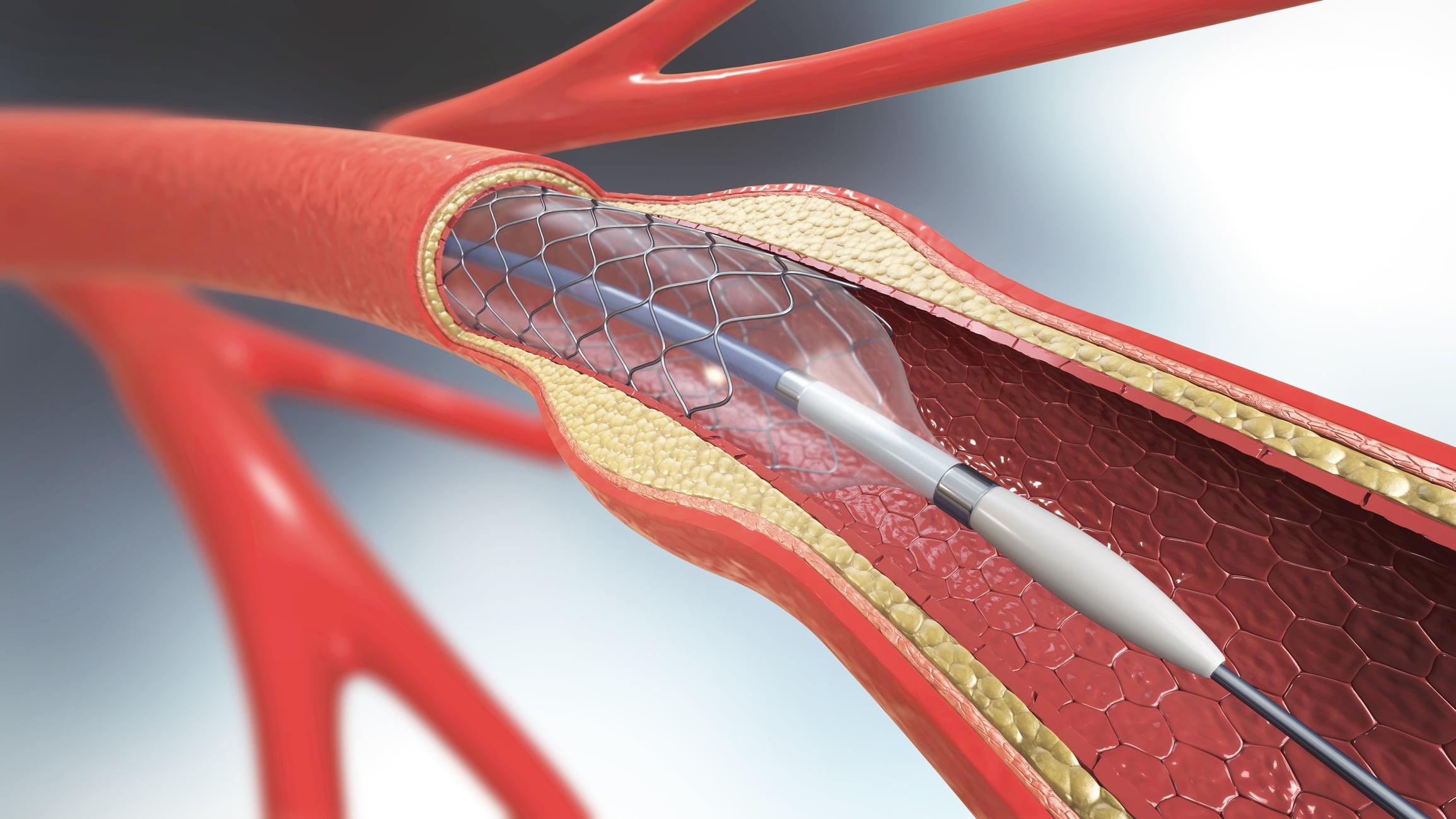What is Vascular Embolization?
Vascular embolization is a minimally invasive treatment technique used to block one or more blood vessels or vascular tumors. It is performed using a catheter that is inserted into an artery or vein in the groin, neck or arm. Using imaging guidance, the catheter is then advanced to the target blood vessel supplying the abnormality.
Why is it Performed?
Embolization is commonly used for a variety of conditions where reducing or stopping blood flow to an area is beneficial. Here are some of the most common reasons for performing vascular embolization:
Uterine Fibroid Embolization
Uterine fibroids are non-cancerous tumors that develop in or on the walls of the uterus. Symptoms may include heavy or painful periods, pelvic pressure or pain, urinary problems and infertility. Vascular Embolization can effectively treat fibroids by blocking the blood supply that causes them to grow. This can help control excessive bleeding and relieve pelvic pain and pressure.
GI Bleeding Embolization
Gastrointestinal bleeding occurs when an artery in the digestive tract ruptures or has an abnormal connection to a vein. Common causes include gastric or duodenal ulcers, angiodysplasias or tumors. Embolizing the bleeding vessel can help control acute bleeding or prevent rebleeding.
Varicose Vein Embolization
Varicose veins occur when valves in the veins fail, causing blood to pool in the legs. This puts pressure on the veins and makes them bulge or appear twisted. Embolizing the main trunk veins draining these varicose veins prevents backup of blood flow and can flatten the abnormal veins.
Arteriovenous Malformation Embolization
An arteriovenous malformation (AVM) is an abnormal connection between arteries and veins that disrupts normal blood flow. Common sites include the brain, spine, liver and lungs. Embolization shrinks or closes off the AVM to prevent dangerous bleeding complications or relieve pain, swelling and high-output heart failure.
Tumor Embolization
Cutting off the blood supply to tumors using embolization makes them more susceptible to removal via surgery, radiation therapy, microwave or radiofrequency ablation. Common cancer types treated this way include kidney, liver, lung, prostate, uterine and bone tumors.
Get More Insights On Vascular Embolization
